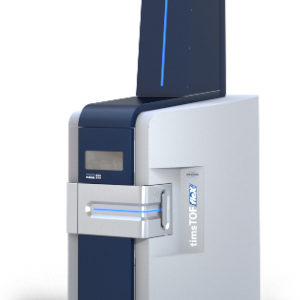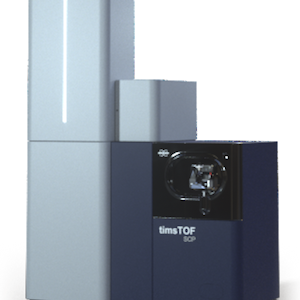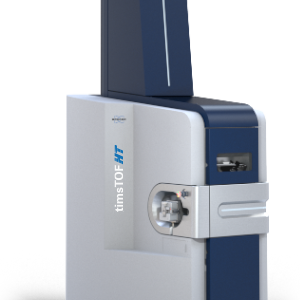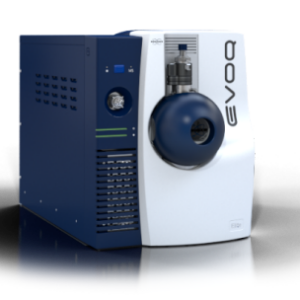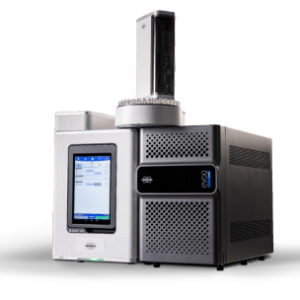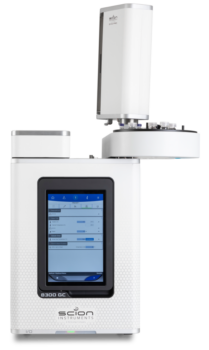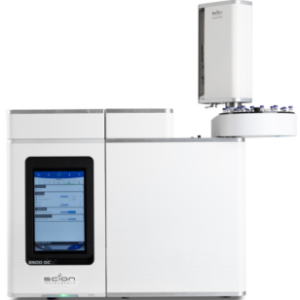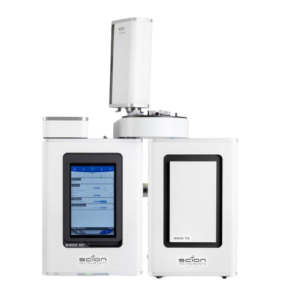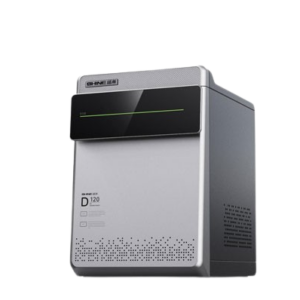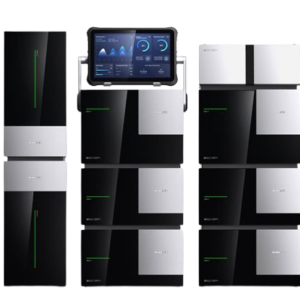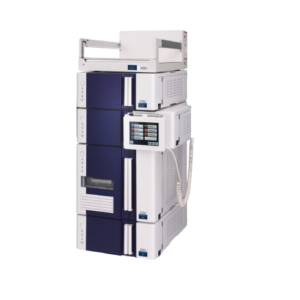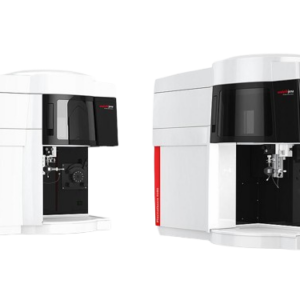AvanceCore
The AvanceCore solution offers premium high-resolution NMR at a more affordable price, making NMR more accessible than ever before.
High resolution, streamlined.
More affordable than ever.
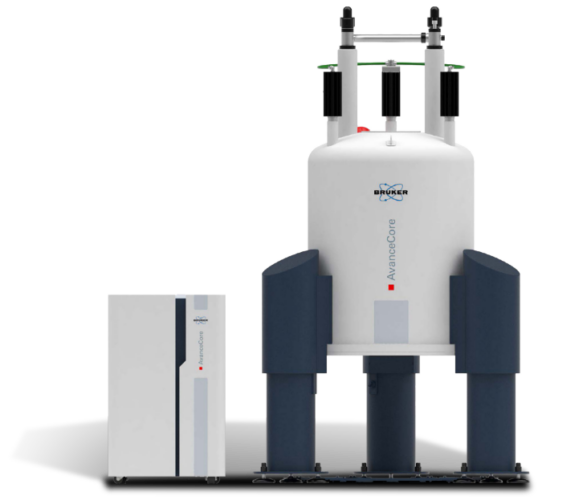
AvanceCore
How affordable is NMR? Calculate the bottom line!
This calculator is intended for customers with greater than 5 samples per day. Taking into account the costs of investing in an AvanceCore NMR spectrometer, the associated running costs, and the number of samples you work with, we provide you with an estimate for your average cost per measurement.
What is my ideal AvanceCore configuration and when will my investment pay off?
This calculator is especially suited for customers with less than 5 NMR samples per day. The amortization calculator compares the costs of investing in an AvanceCore NMR spectrometer to using an external NMR service provider. We calculate the time from which you will see a return on your investment.
Features
NMR is an extremely powerful analytical method. In combination with the affordability of the AvanceCore, this makes NMR the ideal tool to address a large range of analytical questions, including structure elucidation and verification, molecular interactions, and quantitation. The AvanceCore solution offers NMR at a price similar to a standard liquid chromatography mass spec instrument.
Benefits
NMR offers many advantages over other analytical techniques. The AvanceCore provides better value for money than other methods:
- With NMR, what you see is what is present. Chromatographic analysis requires process steps such as liquid injection or sample evaporation. Potential sample degradation or unwanted reactions complicate the assignment of signals.
- NMR selectively detects nuclei such as 1H, 13C, 19F and 31P which are present in organic molecules. This is not apparent with other analytical techniques. For example, UV detectors for chromatography miss many substances without a chromophore. IR and mass detectors have similar limitations.
- With NMR, substances can be identified and quantified against any reference standard. Other analytical methods rely on a reference standard of the same material.
- 1D NMR experiments can be run with standard parameters for most samples. Several compounds are identified and quantified from a single spectrum. HPLC, for instance, can also deliver good separation and signal-to-noise — provided that the method was optimized for the particular application. NMR helps you to save time and money.
The AvanceCore is highly cost effective and facilitates uncompromized performance in high-resolution NMR. Outstanding dispersion and signal-to-noise ratio enable mixture analysis down to ppm concentrations. The AvanceCore supports state-of-the-art 2D NMR methods to elucidate molecular structure at the atomic level.




Configurations
In order to keep costs low, Bruker has streamlined the AvanceCore into three pre-configured packages.
Foundation: In the most fundamental version, the AvanceCore provides high-resolution 1H NMR spectroscopy. The bundle includes a 400 MHz NMR magnet, a console and a 5 mm probe.
Select: The AvanceCore Select includes all the hardware and software for 1H and heteronuclear (13C, 31P...) state-of-the-art experiments.
Convenience: The AvanceCore Convenience includes a 24-position sample changer. The IconNMR software enables open access use and automated routine measurements.
Your instrument can grow with your needs: An existing AvanceCore can easily be upgraded from Foundation to Select and from Select to Convenience.

SPECIFICATIONS
The AvanceCore is a complete, full-fledged 400 MHz NMR-spectrometer. The AvanceCore spectrometer has the following key characteristics:
| AvanceCore Magnet | NMR-frequency (1H) | 400 MHz |
| Typical helium hold time | 300 days | |
| Typical nitrogen hold time | 16 days | |
| AvanceCore Console | Number of RF channels | 2 |
| Timing Resolution | 12.5 ns | |
| Frequency Resolution | < 0.005Hz | |
| Digital Lock | Included | |
| RF amplifier frequency range | 57Fe-19F/1H | |
| AvanceCore Probe | NMR Tube Diameter | 5 mm |
| Channels | 1H, BB & 2H Lock | |
| Z-Gradient | 50 G/cm | |
| Available Accessories | Sample Temperature Control Unit, 24-position Sample Changer |














